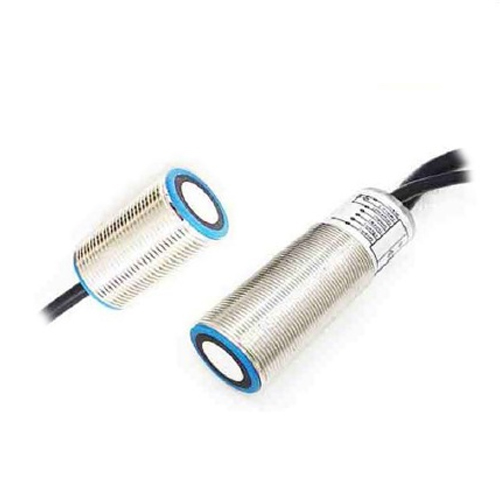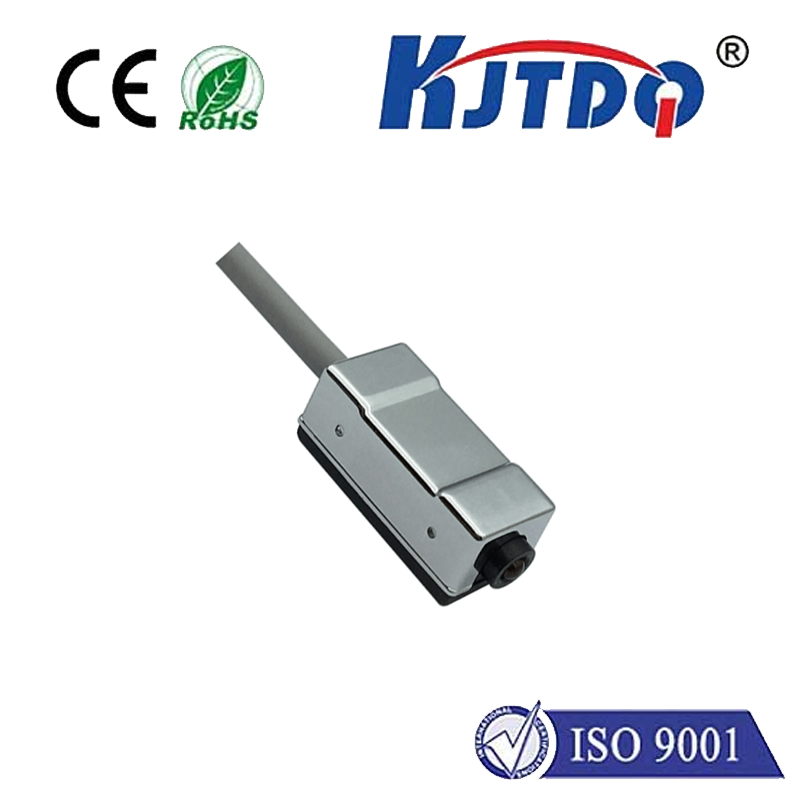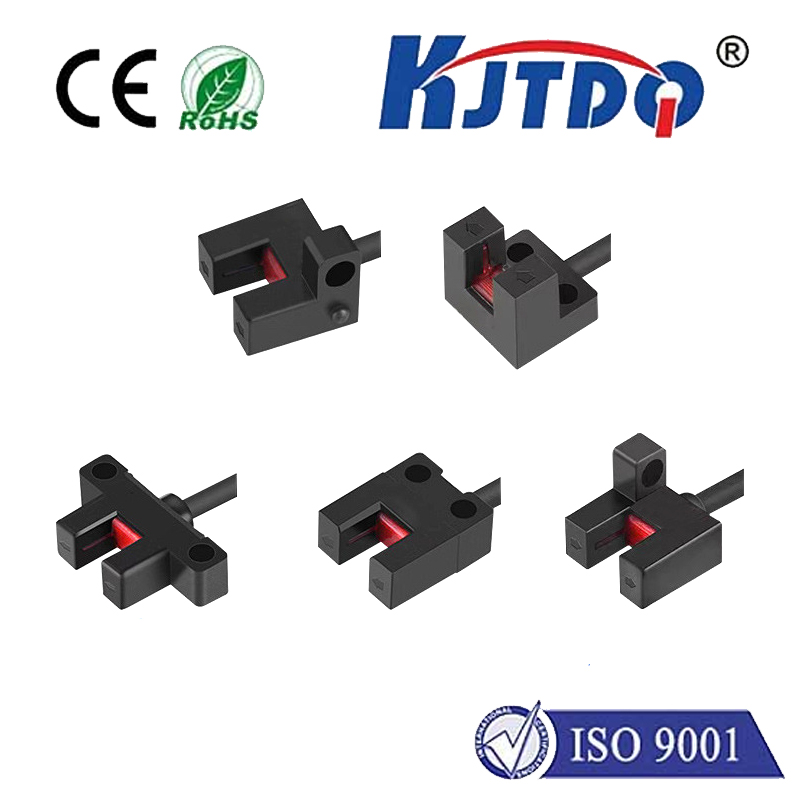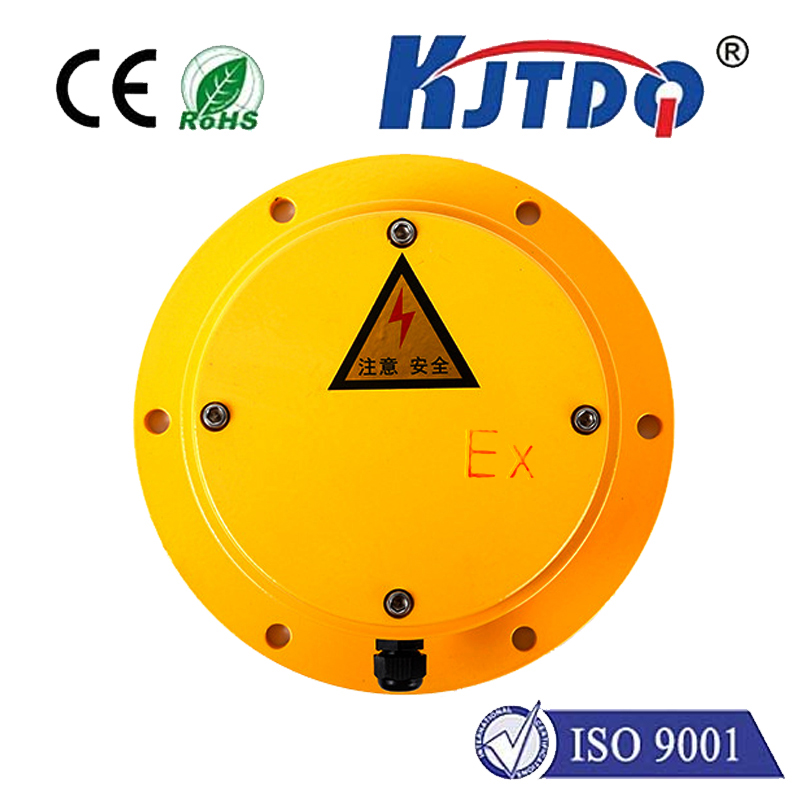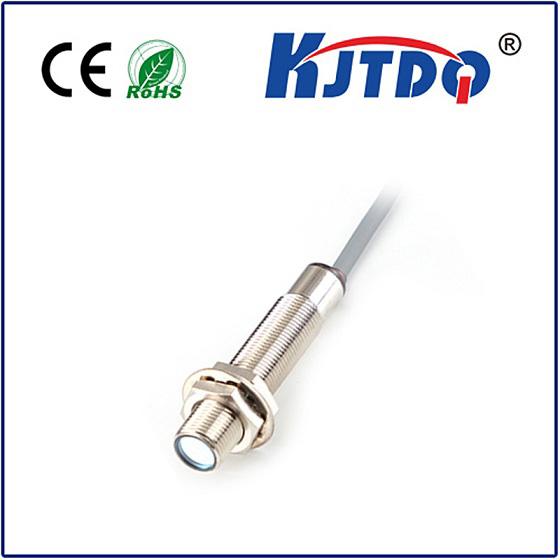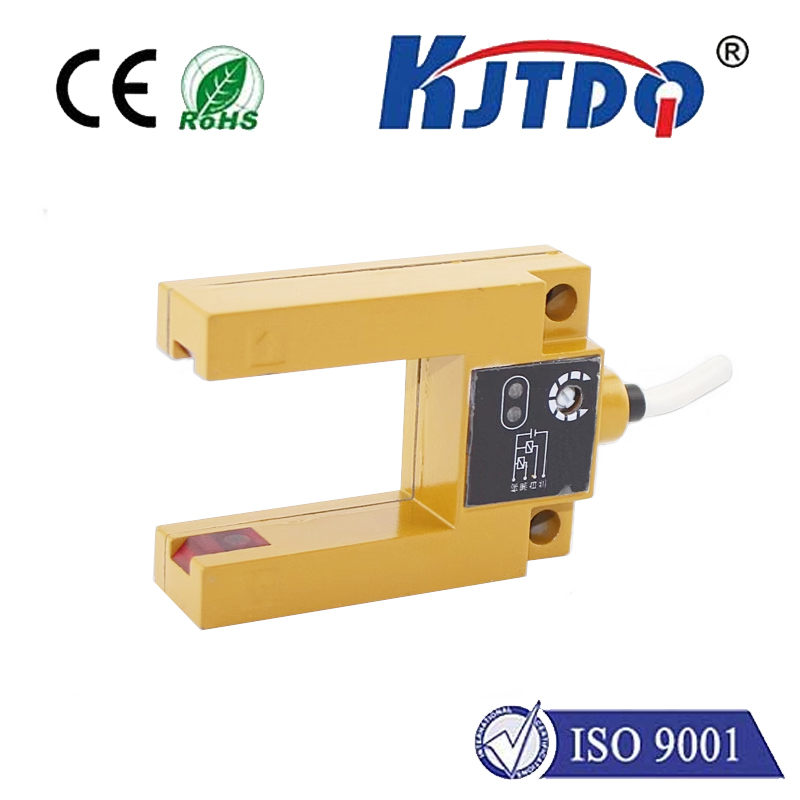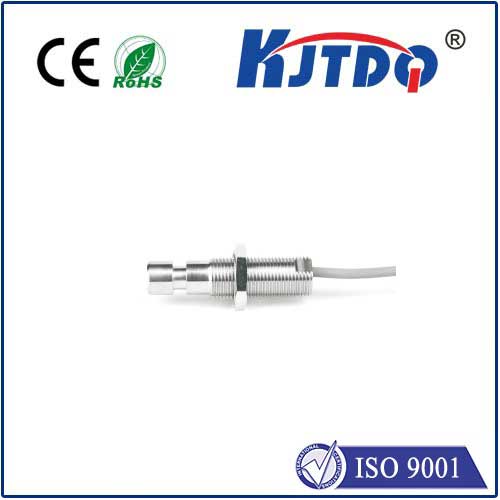

check

check

check

check

check

check

check

check

check

check
In recent years, the advancement of technology has brought significant changes to various industries, especially the automotive sector. One of the most critical components of modern-day vehicles is the rear proximity sensor. This device plays a crucial role in ensuring driver and passenger safety, as well as enhancing the overall performance of the vehicle. In this article, we will delve into the functioning, advantages, and challenges of rear proximity sensors and their significance in modern-day automotive technology.
Section 1: Understanding the Functioning of Rear Proximity Sensors
A rear proximity sensor is an electronic device installed near the rear door that detects any obstruction in its path. When a person or object approaches the vehicle from behind, the sensor triggers a warning light or sound to alert the driver of potential hazards. This sensor is especially important in preventing accidents caused by sudden stops or rear-end collisions.
The functioning of rear proximity sensors can be explained through the principle of electromagnetic induction. When an object comes into contact with the sensor's metal surface, an electric current is generated, which sends a signal to the onboard computer system. The system then processes this information and triggers appropriate action, such as sounding an alarm or reducing power to the braking system.
Section 2: The Advantages of Rear Proximity Sensors
Rear proximity sensors offer numerous advantages for both drivers and passengers. These benefits include:
a) Enhanced Safety: As mentioned earlier, these sensors help prevent accidents caused by rear-end collisions or sudden stops. They ensure that the driver receives timely warnings before encountering any obstacles, thereby increasing safety on the road.
b) Increased Fuel Efficiency: By detecting objects behind the vehicle, rear proximity sensors help optimize the vehicle's fuel economy. The system reduces power to the brakes when an obstacle is detected, allowing for smoother and more fuel-efficient driving.
c) Improved Vehicle Design: The implementation of rear proximity sensors requires minimal modifications to the vehicle's design. It results in a sleeker appearance while maintaining functionality and safety features.
Section 3: Challenges and Limitations of Rear Proximity Sensors
尽管rear proximity传感器在提高车辆安全性和燃油效率方面具有诸多优势,但也存在一些挑战和限制:
a) False Alerts: Sometimes, rear proximity sensors may generate false alerts due to environmental factors such as strong winds or rain, causing unnecessary panic among drivers. Additionally, certain objects like trees or parked cars can cause false alarms during low-light conditions.
b) Maintenance Requirements: Over time, rear proximity sensors may require maintenance or replacement due to wear and tear or electrical issues. Regular inspection and replacement can help minimize downtime and ensure continued optimal performance.
Section 4: Future Outlook for Rear Proximity Sensors in Automotive Technology
As technology continues to advance, it is expected that rear proximity sensors will become even more intelligent and reliable. Future developments may include improved algorithms for detecting objects at higher speeds or better noise reduction mechanisms to minimize false alerts. Additionally, there may be increased integration between rear proximity sensors and other safety features like lane departure warning systems or automatic
